Nearest Store -
Nearest Store -
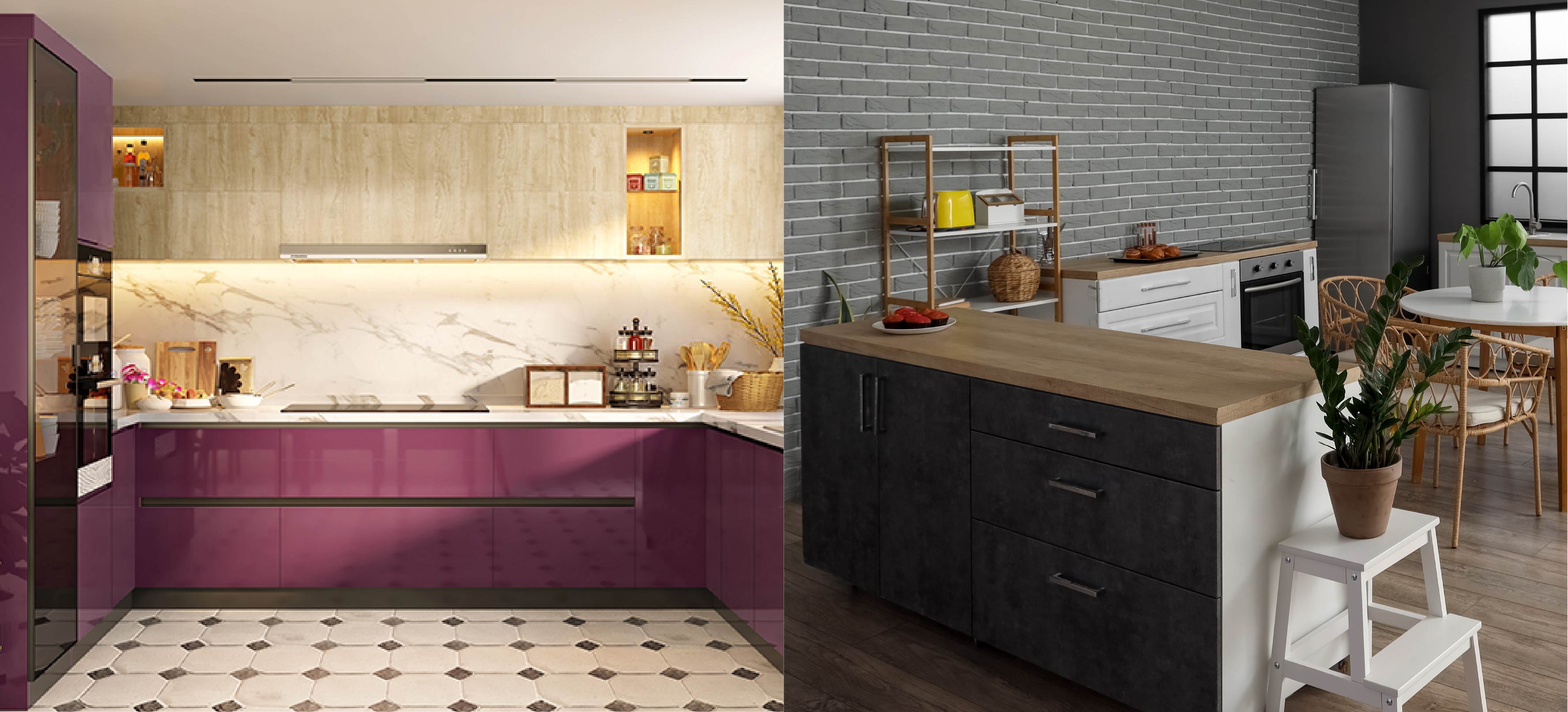
Choose The right kitchen design: L shape vs U shaped modular kitchen - Urban Ladder
The layout is a key component in the practicality and aesthetics of your kitchen design. L-shaped and U-shaped designs are two common choices for modular kitchens. An L-shaped kitchen makes the most of the available corner space and offers plenty of counter space for cooking and food preparation. It works well with open-concept designs and smaller kitchens. On the other hand, a U-shaped kitchen is perfect for larger kitchens with numerous cooks because it provides even more counter space and storage possibilities. Also, it can offer a natural flow and produce a warm and welcoming environment. Thus read more to find out the features of the l shaped vs u shaped kitchen.
Difference Between An L Shaped Modular Kitchen And A U Shaped Modular Kitchen
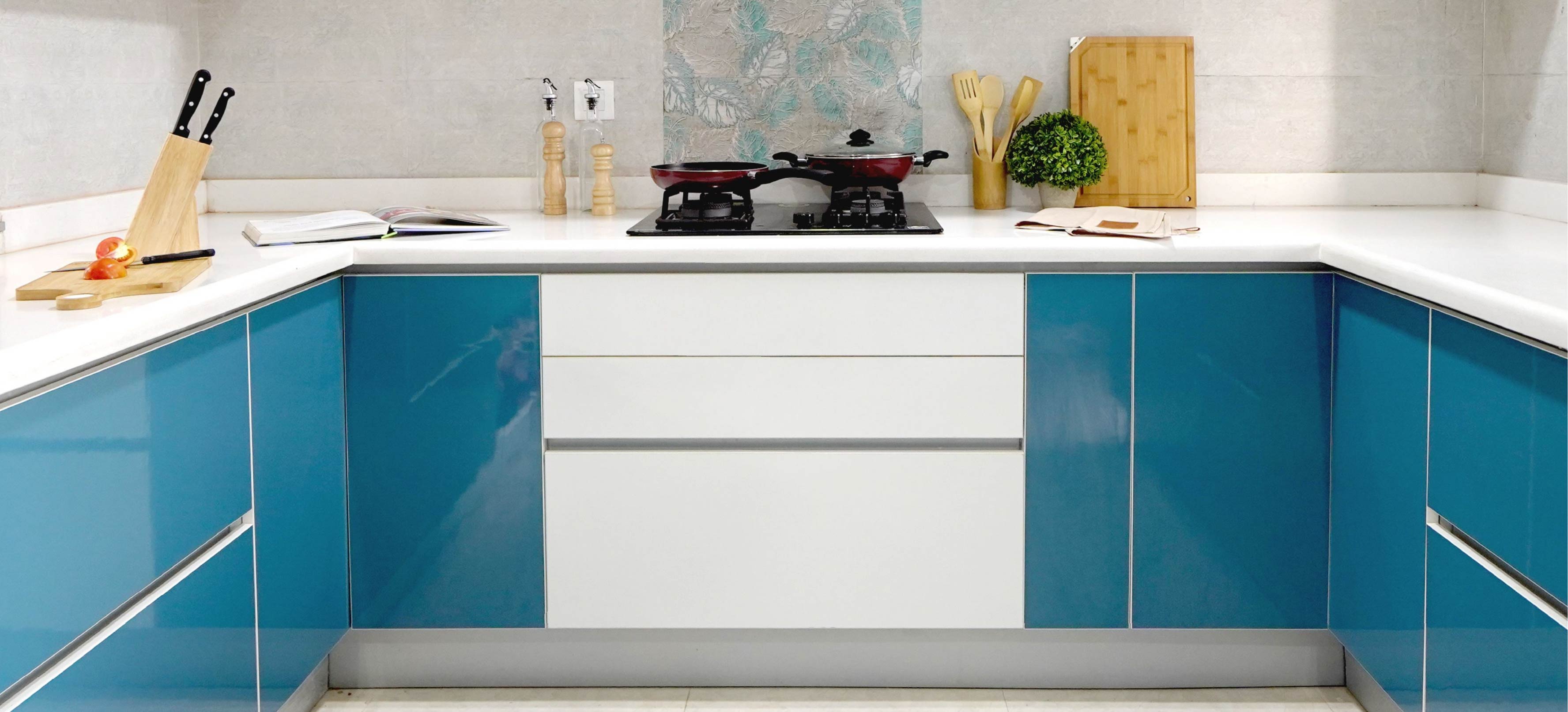
| Features | L Shaped Modular Kitchen | U Shaped Modular Kitchen |
| Design | A kitchen in an L form only has two main sides. Normally, these sides—which could be long or short—come together at a straight angle. | Three walls of a U-shaped kitchen are lined with cabinets or counters. One wall serves as the U's base, while the other two serve as its legs or sides. |
| Space Requirement | A minimum of 8 feet by 10 feet, or 80 square feet, is usually needed for an L-shaped kitchen. This design has an "L"-shaped arrangement of cabinets and appliances along each of the two adjacent walls. | A U-shaped kitchen needs at least 10 feet by 10 feet, or 100 square feet, of room. This design has a "U"-shaped arrangement of cabinets and appliances along each of the three walls. |
| Work Triangle | Between the sink, stove, and refrigerator, a work triangle is formed, with the sink at the "L’s center. "The distance traveled is reduced by this design, which makes it easy to move between the three main workstations. | The same three main workstations make up the work triangle, but the arrangement allows for extra room for storage and auxiliary appliances. The work triangle is maintained while the countertop space and storage are maximized in this design. |
| Material | The materials chosen are determined by a number of variables, including individual taste, financial constraints, and kitchen design as a whole. For cabinets, wood and laminate are popular options, while granite and stainless steel are frequently used for counters. | The additional wall space offers more chances to add tile backsplashes or decorative embellishments. Marble or quartz are typically used for countertops and flooring. But the selection of materials is influenced by aesthetic preferences, financial constraints, and personal taste. |
| Storage | Wall-mounted and base cabinets are common storage choices in an L-shaped kitchen, and the corner cabinet adds more room for storage. To make the most of the space available, a turntable can be added to the corner cabinet. If necessary, pantry storage can also be put to use against the neighboring wall. | There is more room in a U-shaped kitchen for extra storage options, such as full-height pantry cabinets that may be mounted on the opposite wall. Additional wall-mounted and base cabinets can add further storage capacity, and the corner cabinet can be equipped with a turntable as well. |
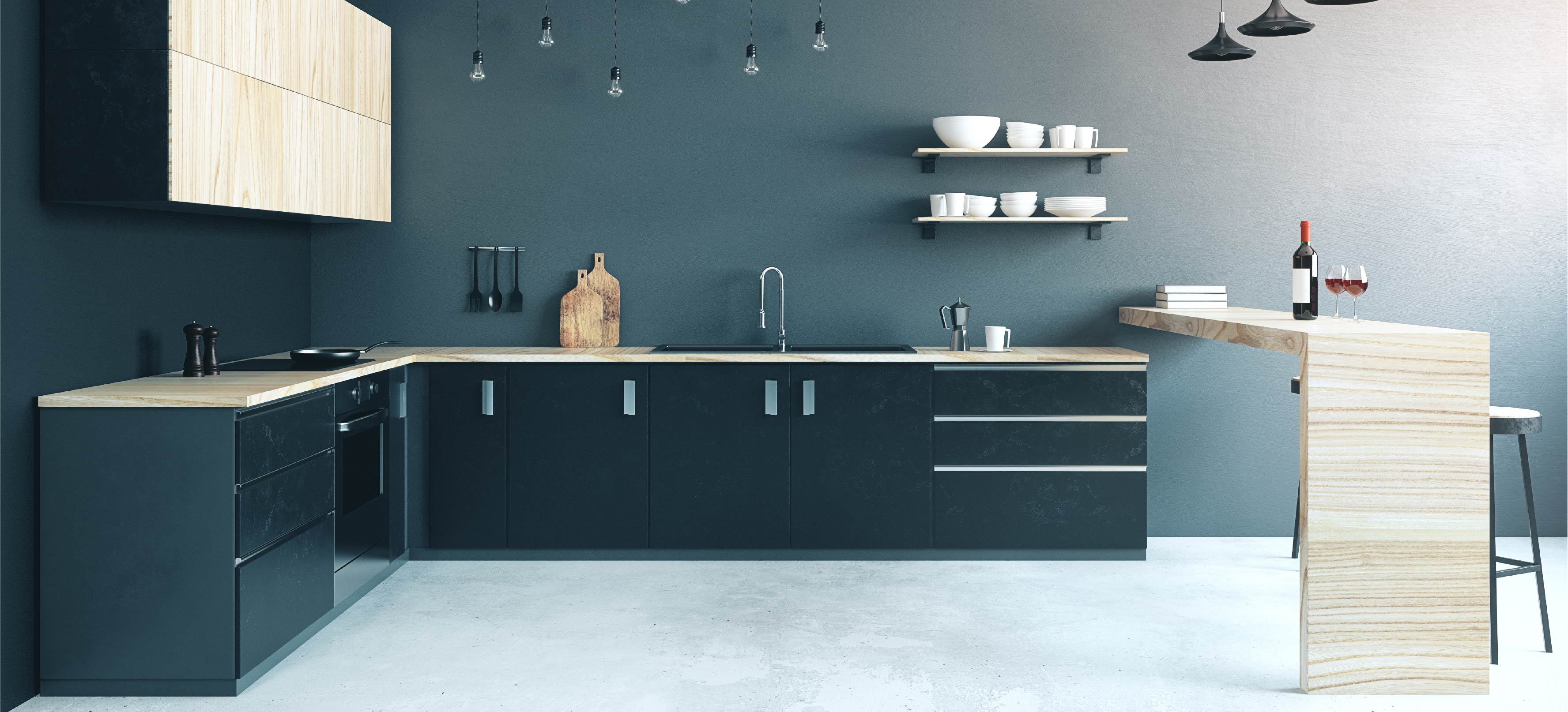
Pros And Cons Of An L Shaped Modular Kitchen
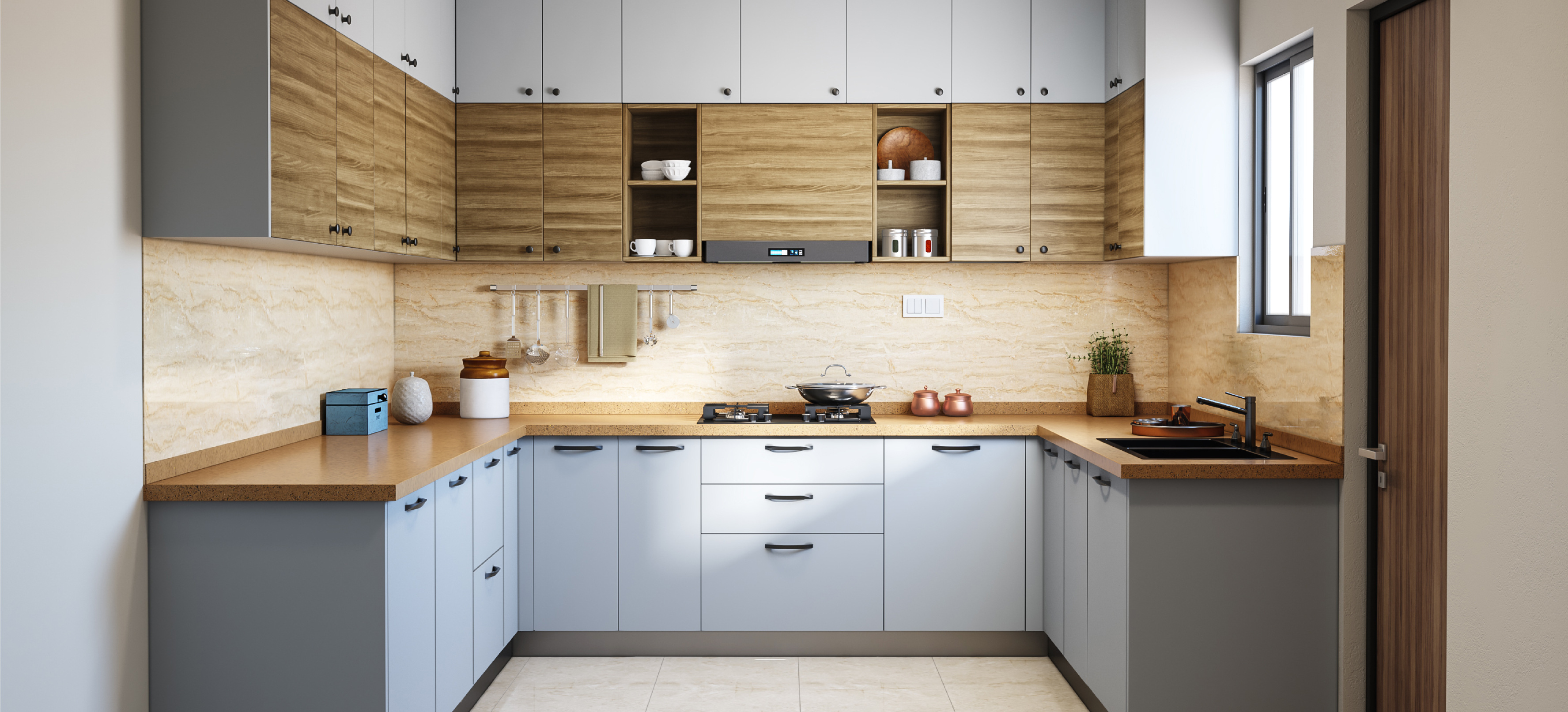
- The ideal kitchen design for a medium-sized kitchen is the l shaped modular kitchen. In the corner, two rows of cupboards with room for storage and appliances come together. The L's sides can sit against the walls and expand out into the living room and dining area, making this design ideal for open floor designs.
- Compared to the enclosed U-shape, this arrangement is more friendly. There is enough room in the open area for an island or possibly a table and seats.
- Even though there are two of the cooker, fridge, and washbasin on one side rather than one on each wall in this arrangement, your work triangle still operates effectively. This is less important in a modern kitchen built around work zones, but make sure you have easy access to these important places and plenty of space to work in.
- This kitchen layout lacks seclusion and has less storage space due to two walls, however, it can be made up for by adding an island with storage and a workspace.
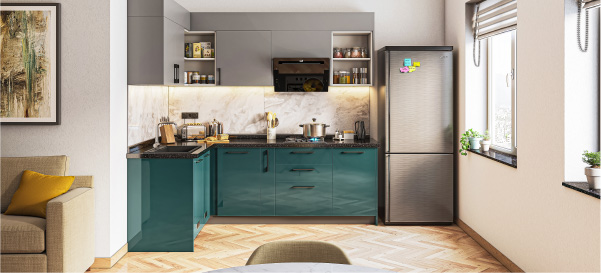
Pros And Cons Of U Shaped Modular Kitchen
- A contemporary modular u shaped modular kitchen is perfect for large kitchen ideas. Three walls of cabinets and counters in this layout come together at right angles to form a U-shaped shape.
Due to the three walls in this arrangement, the kitchen is more confined, but it can still work well with an open kitchen design. When necessary, you can also incorporate a sliding pocket door or barn door to further enclose the area. You can include a peninsula with seating on one side if you like a more open design. Because there are cabinets on every wall in this design, you have plenty of storage space as well.
- Unlike an L-shaped kitchen, a modular U-shaped kitchen allows you to efficiently create a work triangle with the stove, fridge, and sink on separate walls and an island in the center.
- Without pull-out shelves or appliance lifts, corner cabinets might be challenging to reach. Also, this layout might not be ideal if two or more people are cooking at once, but it can be fixed by carefully mapping out work zones and adding an island.
- An open floor plan is best suited by an L-shaped layout with an island, which also makes it simpler to cook with others and converse with kids or visitors while you prepare.
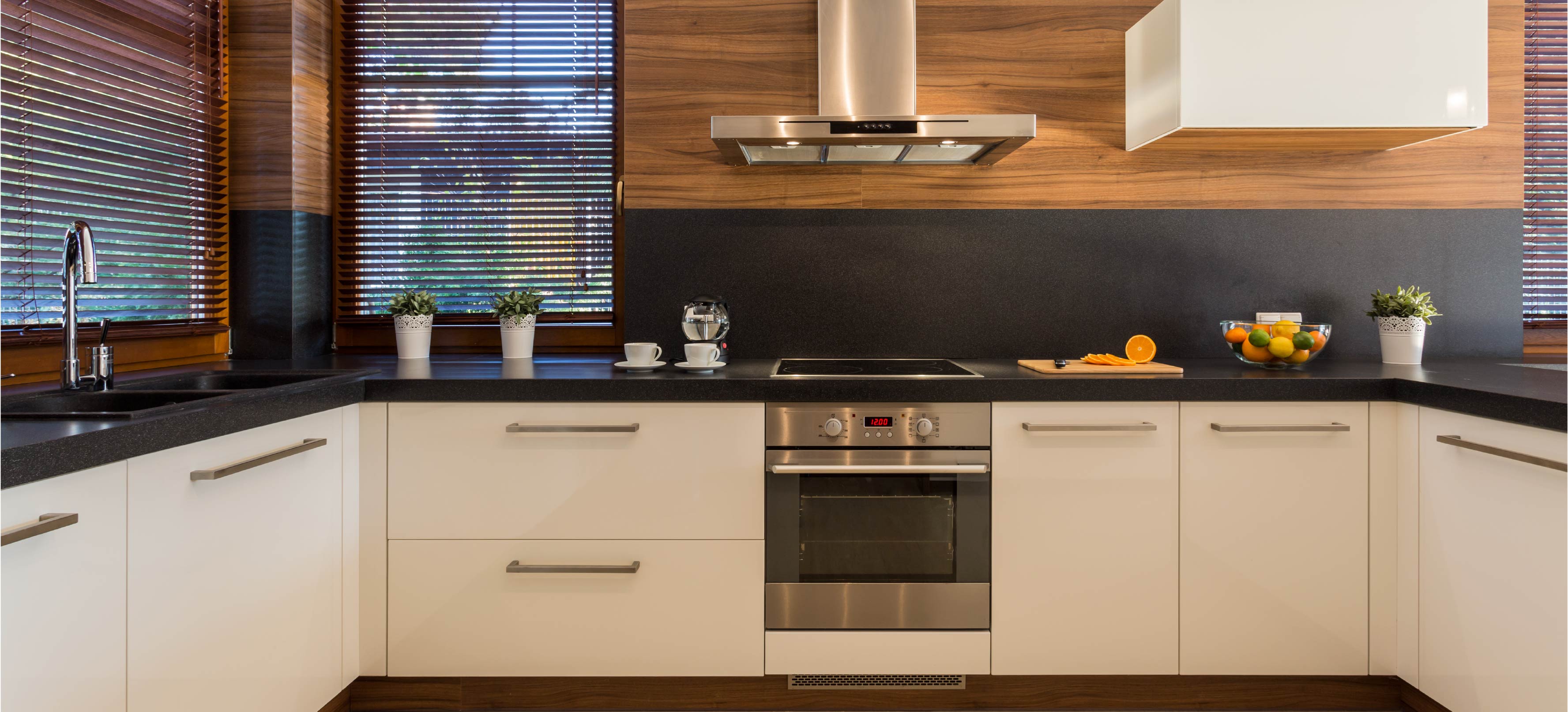
How To Utilize Kitchen Space As Per The Type Of Modular Kitchen
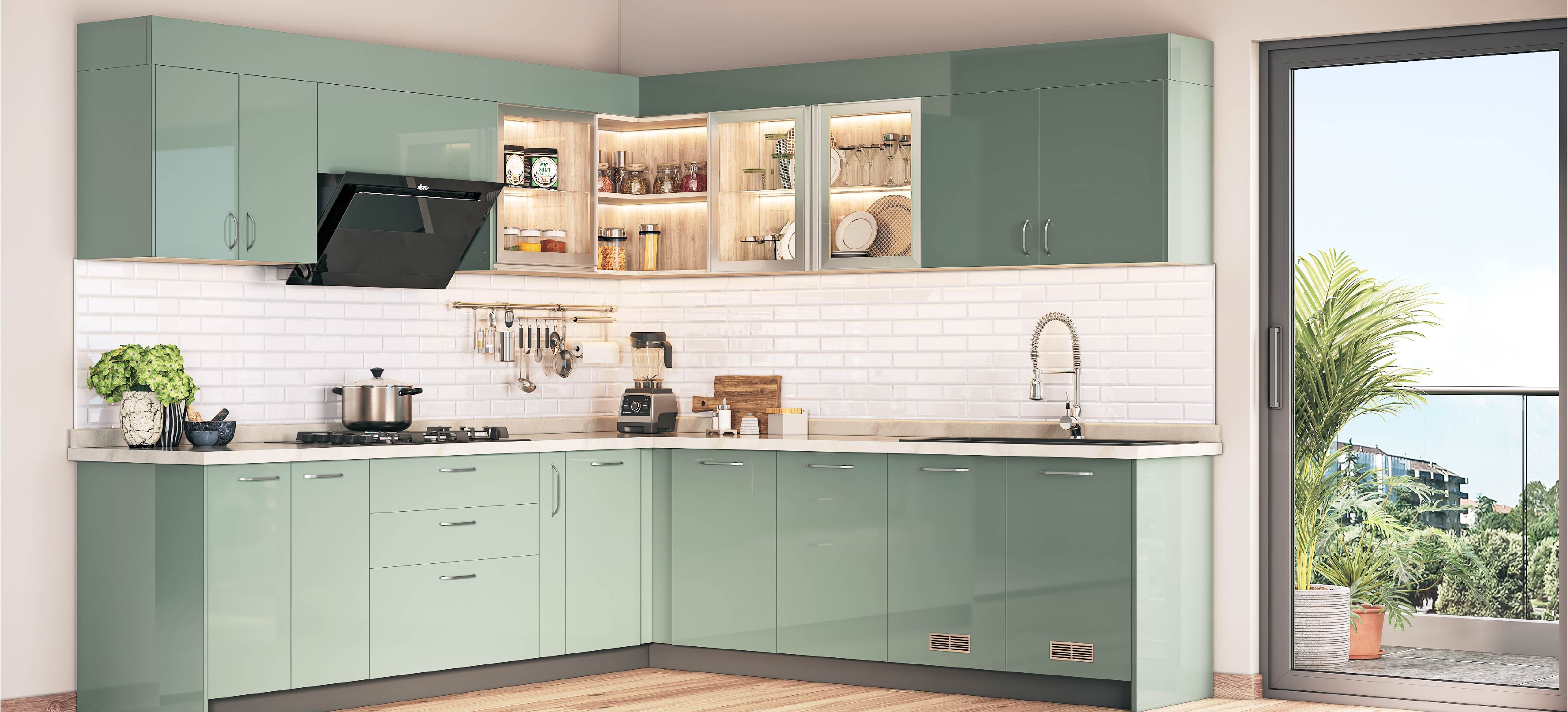
Modular kitchens are becoming increasingly popular due to their convenience, efficiency, and flexibility. Two popular layouts are L-shaped and U-shaped modular kitchens. Both offer different advantages and disadvantages depending on your space and needs. An l shaped kitchen is perfect for small to medium-sized kitchens, as it utilizes space effectively and allows for easy traffic flow. This design is ideal for those who like to cook and entertain at the same time. The corner space can be used for storage and appliances such as a corner sink, carousel units, or a lazy Susan. The L-shape provides ample counter space and storage solutions on both walls. This layout is a great option for those who have an open-plan kitchen or who want to make the most of their limited space. On the other hand, a U-shaped modular kitchen is perfect for larger kitchens and offers more storage and counter space. This design maximizes the work area by surrounding the cook with appliances and work surfaces, making it perfect for those who love to cook and bake. The U-shape also offers an excellent storage solution for kitchen utensils, cookware, and appliances, making them easily accessible when needed. However, it's important to note that the U-shaped kitchen may not be the best option for smaller kitchens, as it can create a cramped feeling and make it difficult to navigate around. When choosing between an L-shaped or U-shaped modular kitchen, consider your available space, your cooking style, and your storage needs. Think about how much counter space you need, how much storage space you require, and the type of appliances you plan to use. With careful planning and consideration, you can create a beautiful, functional kitchen that fits your needs and maximizes your space.
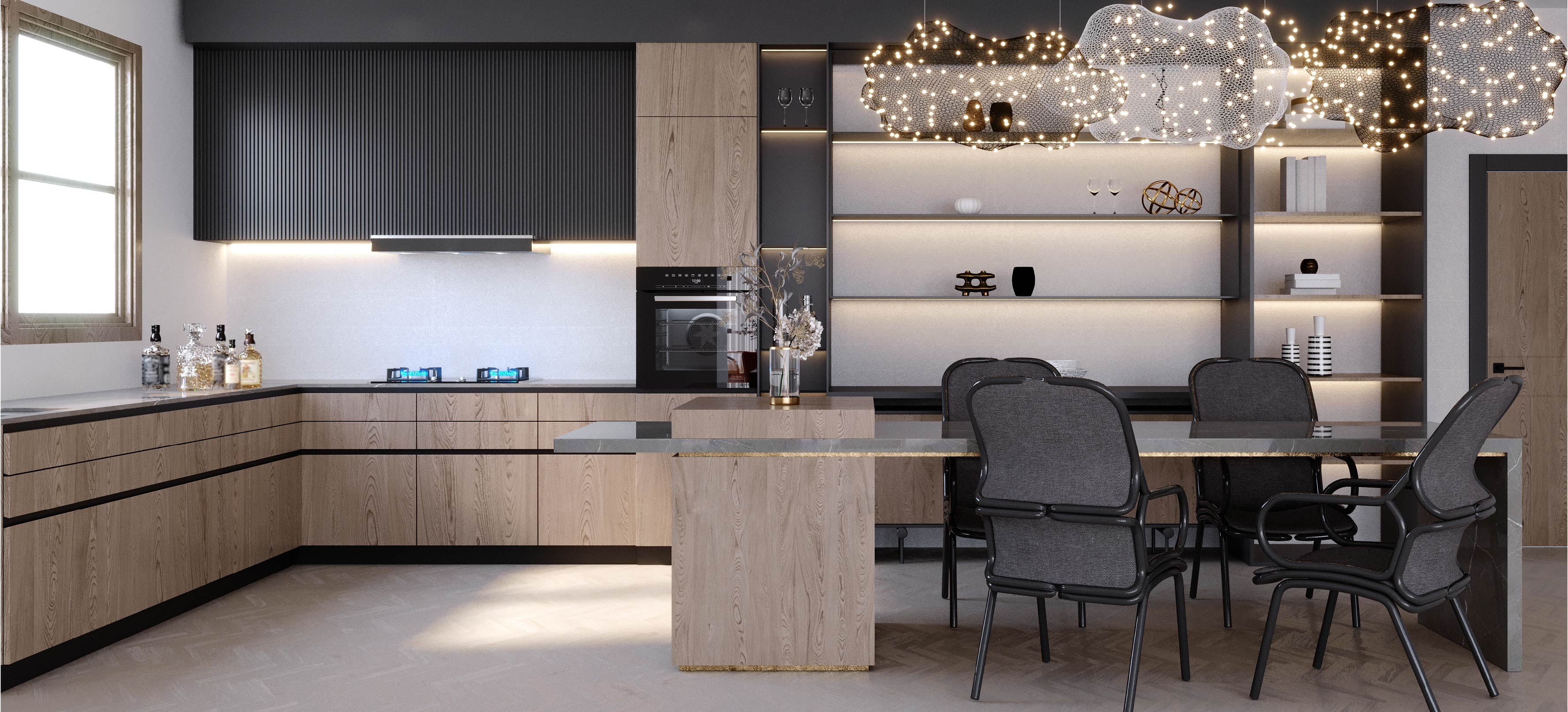
To Summarize
The blog, therefore, compares L-shaped and U-shaped layouts and examines the advantages of modular kitchens. With prefabricated cabinets and countertops, modular kitchens offer flexibility and customization. Smaller rooms are ideal for L-shaped kitchens since they offer effective storage and functionality. U-shaped kitchens are perfect for larger families or people who enjoy cooking since they provide the most storage and counter space. When choosing a choice, it's important to take the available space, money, and lifestyle into account. Both layouts have benefits and drawbacks.

FAQ
What Are The Dimensions Of U Shaped Modular Vs An L Shaped Modular Kitchen?
Depending on the available area and the particular design, U-shaped modular kitchens, and L-shaped modular kitchens can have different sizes. U-shaped kitchens typically include three walls of cabinets and appliances, creating a U-shape, and additional counter space. A more open and expansive feeling may be achieved with an L-shaped kitchen while still having enough storage and counter space. An L-shaped kitchen has two walls of cabinets and appliances, forming an L.
What Is A Disadvantage Of A U Shaped Modular Kitchen?
Navigating a U-shaped modular kitchen can be difficult, especially if the space is small, which is a serious drawback. It could be challenging to walk about and the area might feel confined because there are cabinets and appliances on three sides. Also, U-shaped kitchens could need more space than L-shaped kitchens, which can be a problem in smaller houses or apartments. Since they require more cabinets, countertops, and appliances, U-shaped kitchens can also be more expensive to design and construct.
Does An L Shaped Modular Kitchen Come In Ceramic Material?
Certainly, a range of materials, including ceramic, are capable of being used to create L-shaped modular kitchens. Because they are long-lasting, simple to clean, and available in a variety of colors and patterns, ceramic tiles are a popular option for kitchen backsplashes, worktops, and flooring. Ceramic tiles are not as scratch- and chip-resistant as some other materials, like granite or quartz, so utilizing them as a countertop may not be the most practical choice.
Reliance Retail Limited, 3rd Floor, Court House, Lokmanya Tilak Marg, Dhobi Talao, Mumbai, Maharashtra, India - 400002
CIN: U01100MH1999PLC120563
Reliance Retail Limited, 3rd Floor, Court House, Lokmanya Tilak Marg, Dhobi Talao, Mumbai, Maharashtra, India - 400002
CIN: U01100MH1999PLC120563
Reliance Retail Limited, 3rd Floor, Court House, Lokmanya Tilak Marg, Dhobi Talao, Mumbai, Maharashtra, India - 400002
CIN: U01100MH1999PLC120563

